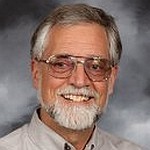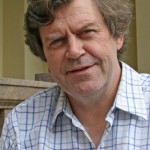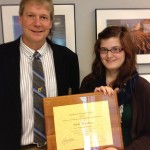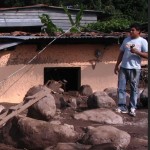 The National Mining Competition announced the three winners from the 2013 event. First place Michigan Tech, second place University of British Columbia, and third place Edwards School of Business.
The National Mining Competition announced the three winners from the 2013 event. First place Michigan Tech, second place University of British Columbia, and third place Edwards School of Business.
The winning Michigan Tech Mining team, “the fabulous four,” was Cora Hemmila, Matthew Younger, Matthew Schuman and Matthew Schwalen. The team advisor is James Murray Gillis, Instructor, Geological and Mining Engineering and Sciences, Director, Mine Safety and Health Training Program.




